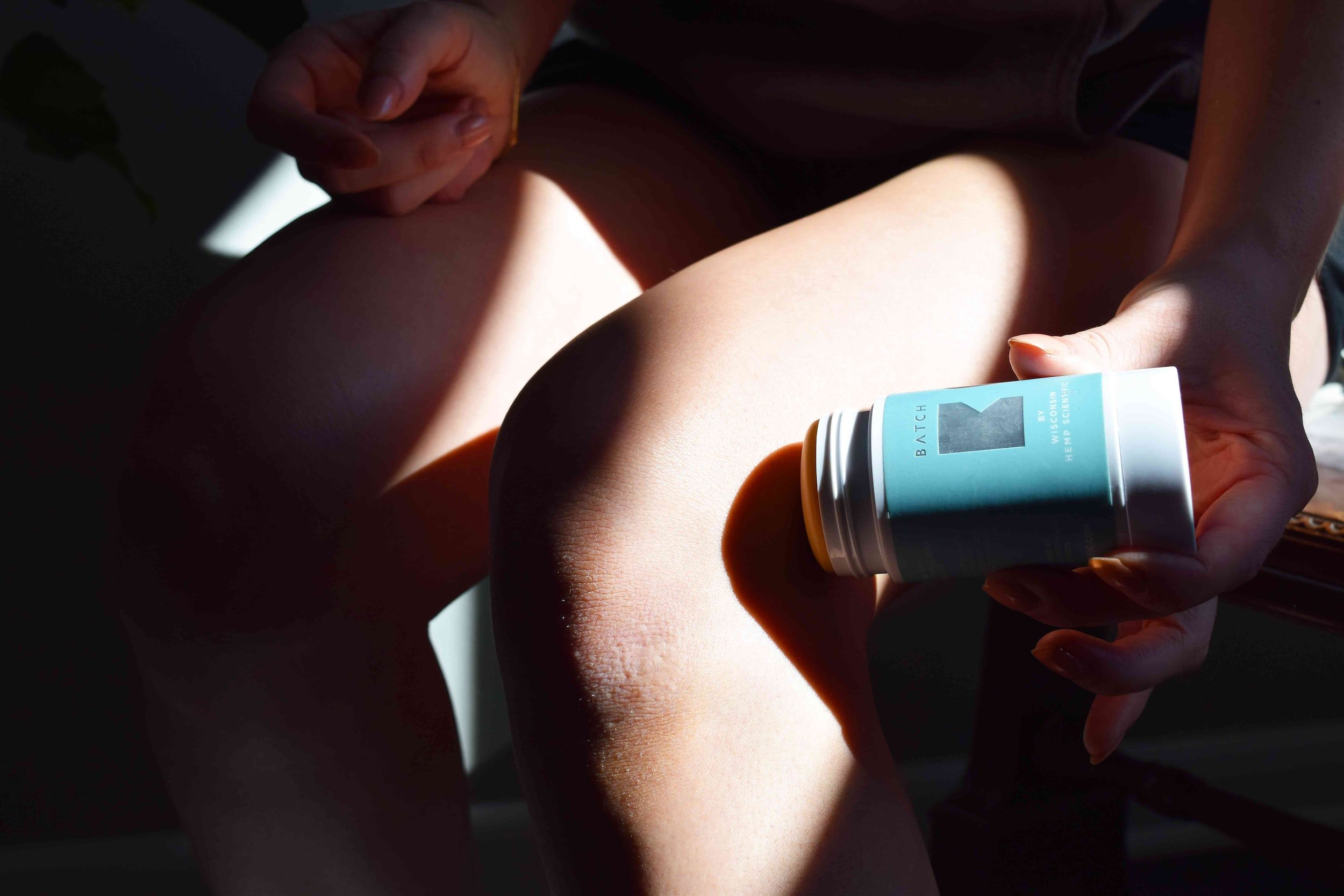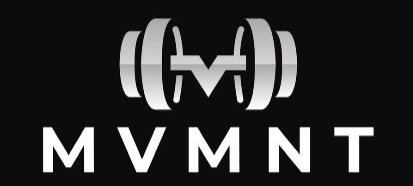
5 Reasons Your Rehab Professional Is Stealing From You
There are numerous avenues to receive physiotherapy care in the UK. You may be receiving physiotherapy via the NHS, through self-pay private physiotherapy, Insurance-backed physio (eg. AXA and BUPA), or via your sports team’s physiotherapist. Although most physiotherapists have your best interests at heart, unfortunately there is a dark side of the physio world where profits and quotas are valued higher than your recovery from injury. here are a few things to look out for when deciding where you get your physio care.

Patellar Tendinopathy
The patella tendon is an important connective tissue in the front of your knee. Technically, the patella tendon is a ligament (connecting bone to bone) rather than a true tendon (attaching a muscle to a bone). The patella tendon attaches the bottom our your patella (kneecap) to your tibia (shin bone). The patella tendon is commonly injured in those who run, or jump as part of their sport or weekly activities. In some textbooks and amongst the general public, patella tendon pain is sometimes referred to as ‘Jumper’s Knee’.

ITB Syndrome
The iliotibial band (ITB) is a long tissue made of fascia, that runs along our lateral thigh. It is formed by two muscles: tensor fascia late, and gluteus maximum, both combining in the upper lateral thigh, and the ITB then attaches to Gerdy’s tubercle, which is on the lateral side of the tibia (our knee joint). The ITB is commonly injured in those that run either as their activity, or as part of their sport. It can also be present in people who do lots of jumping such as seen in HIIT classes, or F45/CrossFit-type classes.

Recurrent Ankle Sprains
Ankle sprains can be annoying, scary, painful, and sometimes limit your exercise for months at a time. In this article, we will discuss inversion ankle sprains, commonly called ‘rolling your ankle’. This injury ranges from a momentary slip that causes no pain or injury beyond a few seconds of shock, all the way to a traumatic injury when you can break bones and tear ligaments.

‘‘I’ve fully ruptured my Tendon! What’s next?’’
So you’ve fully ruptured/torn your tendon. It may have been during a competitive match, or while lifting a heavy weight, or whilst falling onto an outstretched arm. The tendon is a tissue that bridges the muscle belly, to the bone. There are several tendons that we can touch and see quite easily, such as the Achilles tendon and the patella tendon. Other tendons that are commonly injured but can’t easily be touched are the rotator cuff tendons in the shoulder, or the proximal hamstring tendon, located ‘underneath’ your glutes.

How Should I Recover After Training?
The relationship between how you recover and how well you can perform has been well established. Training can be described as applying stress to your body. Recovery is then the process of handling that stress, and allowing your body to adapt to the stress. If this balance swings too far to the stress side, then injury can occur. In a world where there are countless recovery ‘strategies’ it is important not to get lost in the 1%’s and ensure the most important aspects of recovery are done right.

Factors that Influence Running Injury-Risk
Running injuries typically occur from the interaction of numerous contributing factors. When training loads exceed the body’s physical capacity to handle it for a prolonged period, a running injury can occur. To help simplify this complex interaction it is helpful to group factors into those that affect the ability of the body to handle load or training stress and those that influence loads placed upon the body. By better understanding what these factors are and how they interact we aim to reduce the risk of injury.

Shoulder Instability
The shoulder joint is a highly mobile joint. Unlike the hip joint which is a ball in a deep socket, the top of the humerus (long bone of upper arm) articulates on the glenoid (a part of the shoulder blade) and resembles a ‘golf ball on a tee’. Shoulder instability refers to excessive movement of the humeral head on the glenoid, resulting in pain, dislocations, or apprehension. People may be fearful of this instability, and worried about further injuries - either traumatic or non-traumatic.

Blood Flow Restriction (BFR) Training and Your ACL Journey
Outside of professional sports settings, low levels of return to activity performance and high re-injury rates are common in ACL Rehabilitation in the UK. Currently, less than a third of ACL patients return to sports within 12 months of their surgery, and less than 50% of patients ever reach their pre-injury level of performance. Failure rates are as high as 30% in the UK, with younger patients being more at risk than their older counterparts. This is likely due to their higher expectation of recovery, and their higher level of sports and activities.

Benefits of Resistance Training for Runners
Calling all runners! If you had an extra hour each week to devote to training, what would you do with it? Add some more miles? Yoga? Cycling? Core work?
For most runners, strength training would be the last thing that they would choose to fill that space, but in actuality, should be the first. Whether the objection comes from worries about getting slow or questions about the science, weight training is still debated in some running circles.

The 3 Phases of Your Lifts
When most people in the gym lift weights, they tend to pick a number of reps and just aim to ‘get the weight up. However, that’s not the only phase of a repetition. Each lift can have three distinctive phases: the concentric, the eccentric, and the isometric phases. Knowing the difference between them can help us rehab, strengthen, and break through plateaus.

Is ‘Knees Over Toes’ bad for your knee health?
Currently, there is a debate amongst healthcare and fitness professionals of whether we should allow our knees to go over our toes during exercise. This debate is usually focused on squats specifically. So who is right?

Skiing - Injury Reduction
Skiing season is coming up, so we are entering another season of skiing-related injuries. Why do people get injured while skiing? Skiing presents us with much higher speeds and force going through joints, which means that there is a higher chance of sustaining significant injuries such as broken bones, ACL tears, and concussions.

Tennis Elbow 101
‘Tennis Elbow’ is a term used to describe medial epicondyalgia. This injury is usually when there is a gradual overload of the common extensor tendons of the wrist and forearm. These tendons play a role in all gripping tasks, but also in wrist extension. Although tennis players probably amount to a very small percentage of people that get medial epicondyalgia, the injury was closely associated to racket sports, and called tennis elbow.

Stress Fractures - Reduce your Risk
BSIs are currently known as stress fractures, which is a much more commonly used term by the public. Stress fractures describe micro cracks forming in the bone. Although the human body is usually good at adapting to increased stress on bones, if we apply too much stress for long periods of the time, the bones don’t have time to heal, which can then result in an injury that can leave you on the sidelines.

I have a ‘Pulled Muscle’. What should my recovery look like?
Everyone has ‘pulled a muscle’ at some point in their life. Maybe you’ve sprinted for the bus and felt a sharp tightness in your hamstring, or you turned too quickly after someone called your name and you felt a tweak in your neck. A pulled muscle is used as an umbrella term to describe an injury to a muscle that isn’t a full tear. Within this range, a pulled muscle may last for a few minutes, but can be more severe and last several months and require a period of rehab away from your sport or preferred activity.

New to the Gym? - Beginner’s Tips for Success!
Yep, even that guy in the gym bench pressing 200kg or that girl that has a 12-pack, were both beginners once. At some point we are all beginners. Being new to the gym can be daunting, and sticking to your goals is no easy thing to do. Here are our top tips for gym beginners to make sure that you feel comfortable in the gym, stay safe, and can keep reaching your health and fitness goals.

6 Moves that NEED to be in your Workouts
Whether you have designed your own gym program, have a coach who plans your workouts, or you just go to the gym everyday and make it up on the spot, there are a few key movement patterns that you should be incorporating into your training.

‘DOMS’ - Why do my muscles hurt after exercise?
Delayed onset muscle soreness (DOMS) is that sore, aching, painful feeling in the muscles after unfamiliar and unaccustomed intense exercise. DOMS is thought to be due to temporary muscle damage and inflammation for which the most common trigger appears to be eccentric exercises.

‘No Pain, No Gain’ - Does my rehab have to be pain-free?
When someone gets pain, they usually stop doing the activity that is painful. They might wait for a few days or weeks for it to get better, and sometimes it doesn’t get better with rest. What is the next step? Oftentimes someone will go to their GP or physiotherapist. When you’re doing some of the testing movements or rehab, there is pain present. What do you do?
